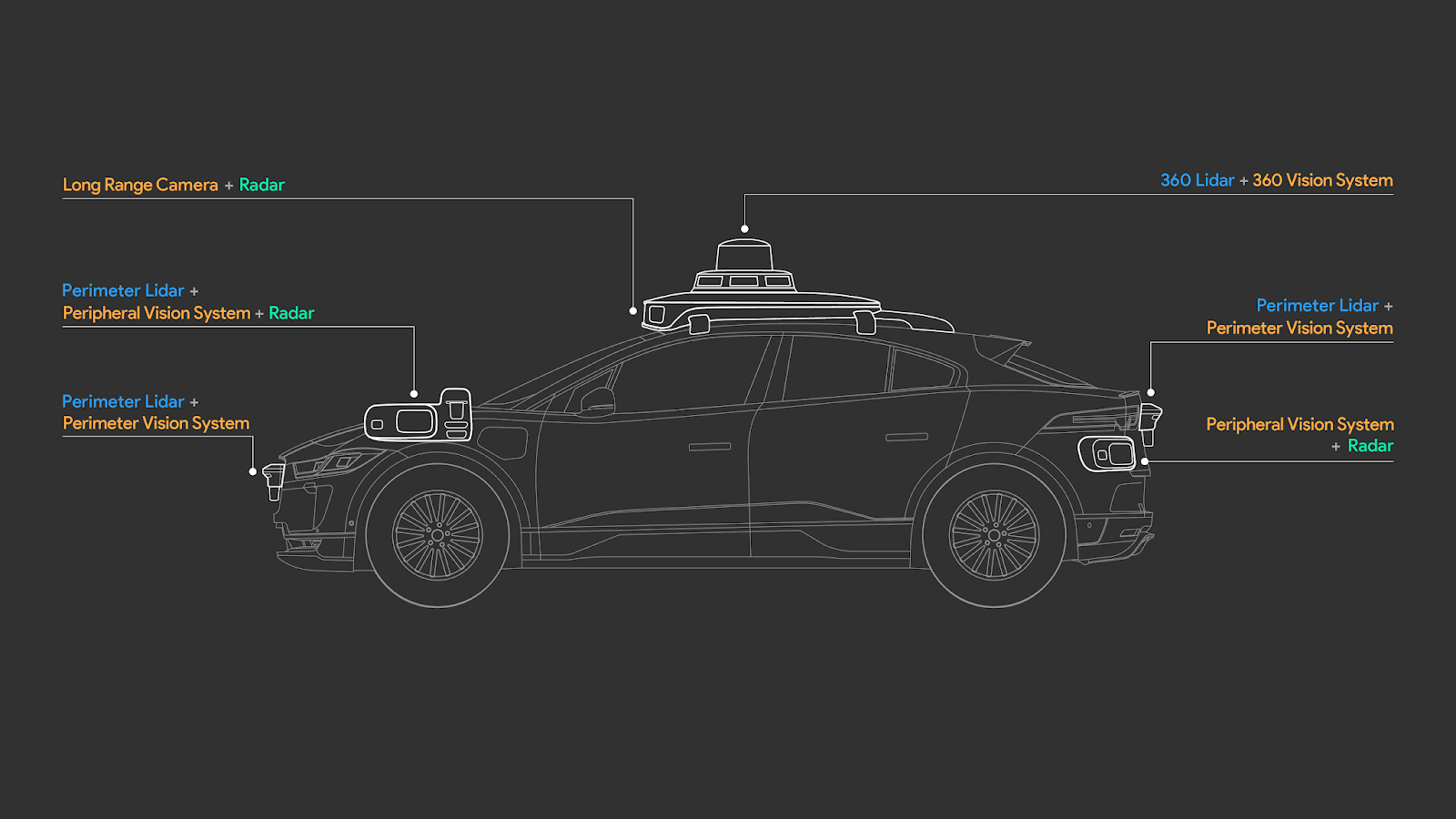Actually it's not that many generations behind. Image sensor improvements move very slowly (much slower than processor improvements). The current AR0132AT in use by Tesla was first announced in 2012. The successor didn't come until 2016 with the BSI AR0136AT with relatively modest improvements (20% R, 10% G, 3% B, which sounds like a lot, but given you are aware of image sensors, in terms of stops, it's really not much).
Why the new AR0136 image sensor performs better in Automotive and Security than its predecessor
I'm not saying that Aptina/ON Semiconductor's sensors have improved dramatically in nine years (though they probably have). I have no idea what that particular company's chips have done quality-wise. But the BSI concept that they introduced has been broadly deployed by everyone in the years since, and lots of companies have really pushed the envelope with other technologies that improve image quality.
In those nine years, Sony, Samsung, etc. have gone through several major jumps in image quality. ISOCELL in particular was a huge win (30% dynamic range improvement in the first generation alone), because it dramatically reduces pixel bleed that historically contributed to washed out images in a lens flare situation. In self-driving cars, that's probably a much bigger win than in cell phones. And antiglare coatings have probably also improved in that time.
They did introduce the AR0138AT in 2018, which bumped up the sensor size a bit, but max SNR (single frame) actually went down based on below (can't find a detailed datasheet or analysis), so not sure what happened there.
Avnet: Quality Electronic Components & Services
Same color pattern? Same bit depth? Same ability to control gain on separate color channels (with split green)? Yeah, I can't find any details, either. No idea. Probably a different measurement approach.
And also, we don't know the lens specs for the cameras Tesla uses or the DOF envelope they are working with. A lot of the modern sensors are achieving higher res and better SNR via increasing sensor size rather than in tech improvements (which are approaching diminishing returns even with BSI). For example, Aptina's AR0820AT 4K sensor (introduced with the AR0138AT) is a 1/2" sensor. Sony's competing 7.42MP sensor (IMX324/IMX424) is even bigger at 1/1.7" (a bump up from the 1/3" IMX224 which is the AR0132AT's analog).
That may be true for Aptina/ON Semiconductor, but I don't think they're at the forefront of image sensor technology anymore.
The amount of money that companies can devote to R&D tends to be proportional to the number of chips that they sell, and I don't think they're even in the top 5.
In terms of
smartphone chips:
Sony: 46%
Samsung: 29%
Omnivision: 10%
All other companies combined: 15%
And LG makes all of the recent iPhone sensors, which should mean that they're most of that 15%.
So On Semiconductor probably builds only a fraction of a percent of the smartphone chips out there. Even if they made every chip for every semi-autonomous vehicle out there, they'd still be a minor player. And if nobody is buying their chips, the only way they
can improve is by building bigger chips, because they're sure not going to be able to move to newer process technology and take advantage of the benefits thereof (bigger full well size because of smaller wiring, etc.).
However, given these sensors are used in fixed focus cameras, there is a minimum DOF that is required, meaning for a larger sensor, a lens with a smaller aperture (larger f-stop) would be used, putting you back to square 1 for SNR improvement. On the flip side you can also get the same noise improvements by using a larger aperture lens and the same sensor.
Agreed. Moving to a significantly larger sensor is a non-starter, both for depth of field reasons and for physical dimension reasons. But there have been lots of other process improvements in the last decade that should result in better sensors at similar resolution or similar quality sensors at higher resolution.
I doubt they will choose a global shutter sensor. I don't think the rolling shutter is really an issue here in this application. Global shutter sensors usually come with significant compromises in terms of SNR (for example the same generation AR0134CS is significantly worse).
Ah. I was looking at the wrong data sheet, and thought they were already using a global shutter camera. With that bit of info, there should be a
lot of better options out there.




